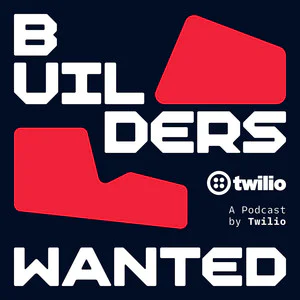Why your business needs a CDP Council (and how to create one)
A CDP Council is necessary to harness the full potential of your Customer Data Platform. This council can significantly mitigate risks, enhance data quality, and align CDP utilization with overarching business goals.

